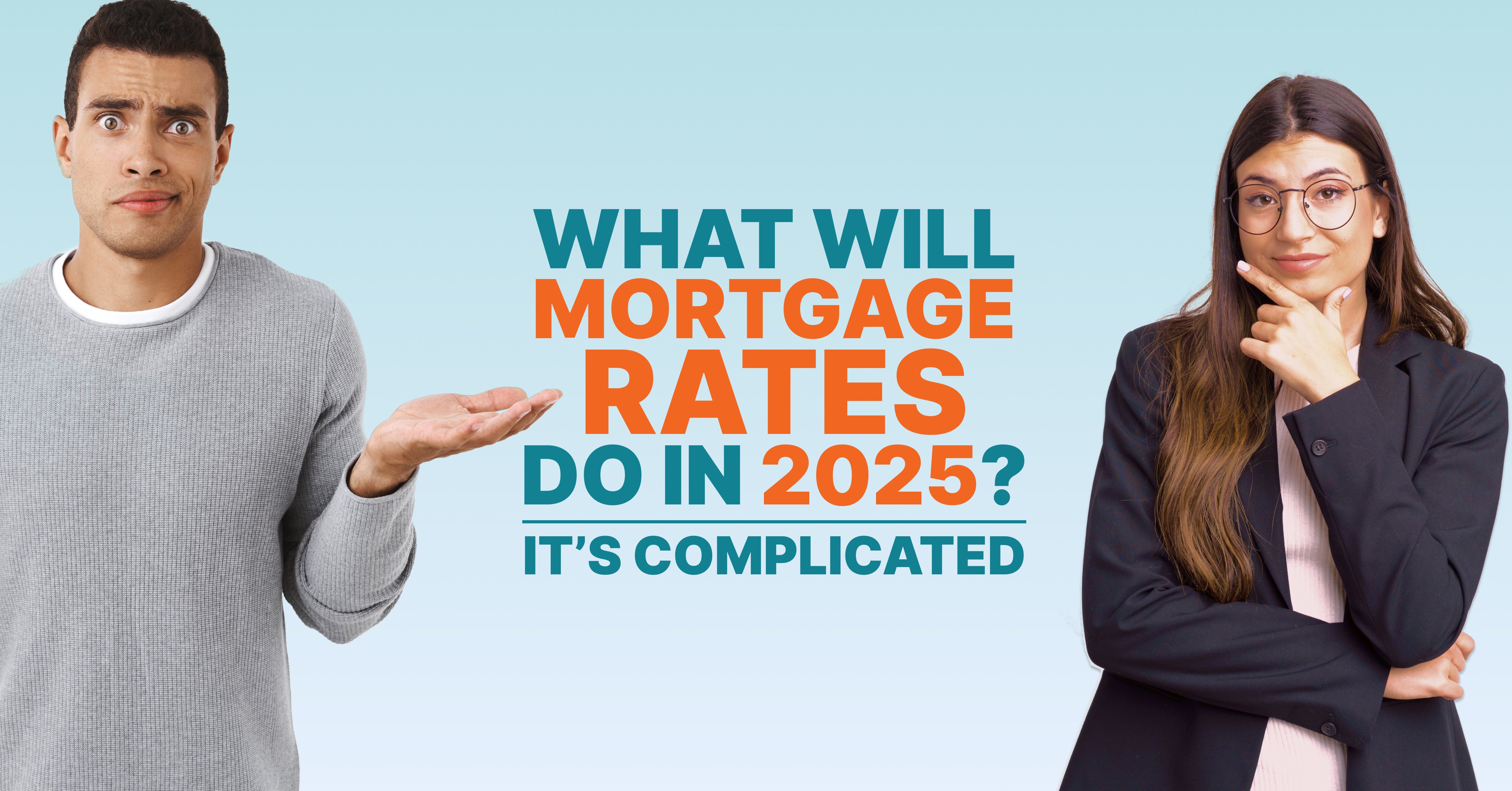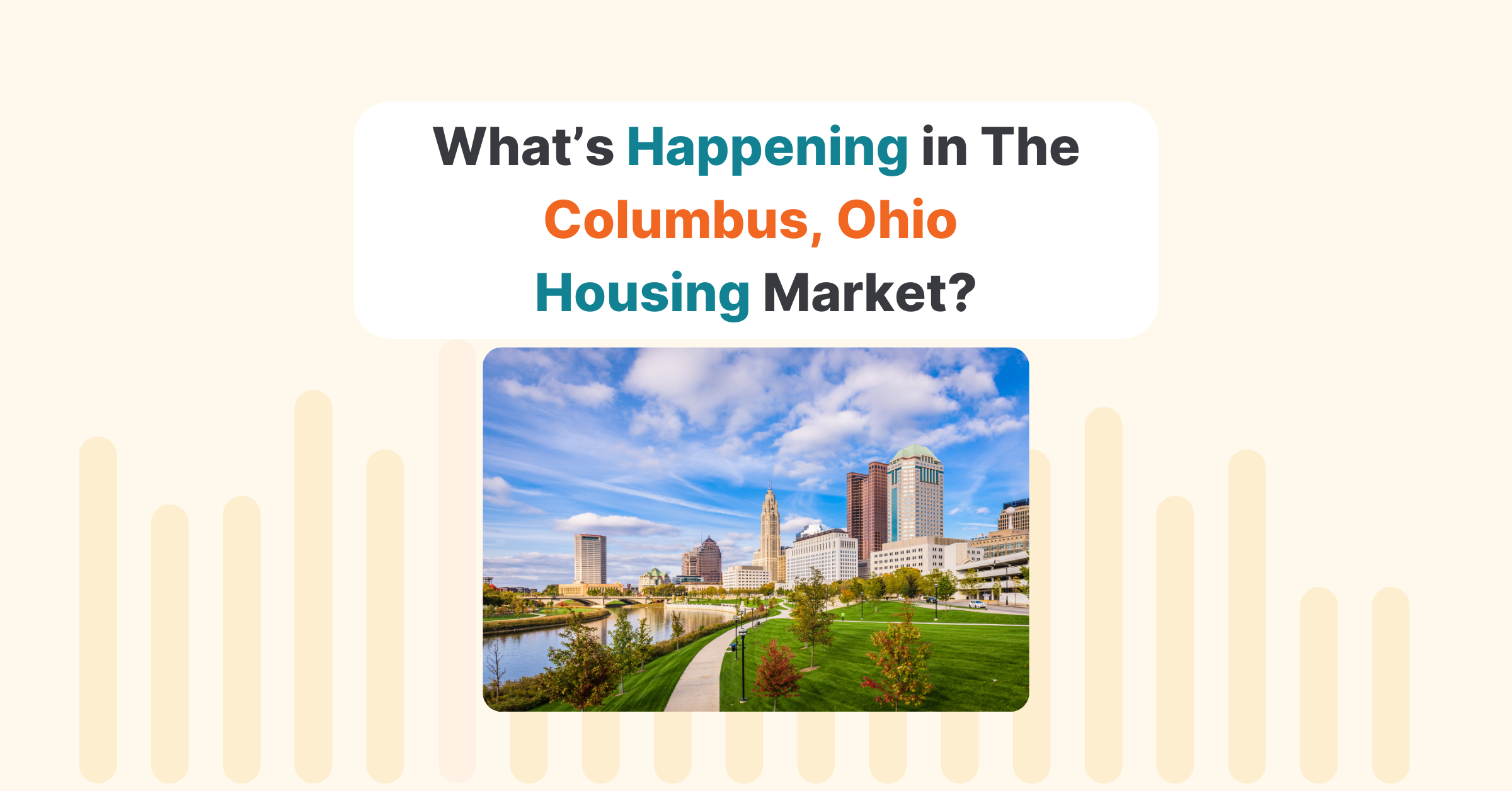Disclaimer: PropStream does not offer investing advice or make profit promises. This article is for educational purposes only. We recommend consulting financial professionals and/or doing your due diligence before investing or working in urban real estate.
|
Key Takeaways:
|
After the 2020 COVID-19 pandemic, some expected a remote work-induced flight from cities to devastate urban real estate markets. However, that didn’t happen. Five years later, most metro areas are growing, and many who moved away a few years ago are now moving back.
Try PropStream for 7 Days Free!
In this article, we’ll uncover why people are moving back to cities, how this affects urban housing markets, and what this means for real estate professionals moving forward.
Table of Contents |
Recent U.S. Migration Trends
According to NAR data, urban areas had a relatively consistent share of about 13% of the U.S. home purchase market from 2017 to 2021. As the impact of strict lockdowns and remote work policies settled in, an urban exodus ensued, reducing that share to 9.9% in 2022.
U.S. suburbs followed suit, with their share of home purchases falling from about 50% from 2017 to 2021 to 39% in 2022.
Meanwhile, small towns and rural areas saw the reverse effect. From 2017 to 2021, they held consistent shares of the home purchase market of about 22% and 13%, respectively. In 2022, those shares jumped to 29% and 19%, respectively.
By 2024, however, home purchase location trends have largely returned to pre-pandemic levels. In fact, the share of homes bought in urban areas jumped to 16%, up from 13% pre-pandemic.
Why Are People Moving Back to Cities?
One of the main reasons people are moving back to cities is return-to-work (RTO) mandates. Companies—and even the federal government—are calling remote workers back to the office.
Now that the COVID-19 pandemic has largely subsided, many employers think RTO will boost productivity by allowing more direct supervision. Some employers may also want to use expensive corporate real estate they own or lease.
That said, RTO policies aren’t the only reason urban areas are growing. According to recent U.S. Census Bureau data, foreign immigration is also a major cause. Between 2023 and 2024, all 387 U.S. metros had positive net international migration, which accounted for nearly 2.7 million of their 3.2 million total population gain.
Finally, cities have a lot of lifestyle appeal, especially among younger generations. They offer walkable districts, entertainment, and cultural amenities that suburbs often lack. And despite the privacy and space that rural areas offer, many still want to be where the action is happening.
Related: 2025 Housing Market Predictions: What Are Homebuyers Looking For?
How the Urban Return Impacts Real Estate Markets
Now that you understand what’s driving the recent return to cities, here are four ways this could impact urban real estate markets:
Increased Demand for Rentals
As more people move into the city, demand for rentals may increase. After all, people need somewhere to live, and cities tend to have higher rates of renter-occupied homes.
Furthermore, many former remote workers who sold their homes and moved to rural areas during the pandemic may struggle to buy property in the city again due to higher home prices and mortgage rates, leading them to rent instead.
Potential for Property Appreciation
All else equal, more housing demand leads to higher home values. And since cities tend to have limited housing supply, the urban return is likely to raise property values.
Case in point: Nearly 90% of metro markets experienced home price increases in Q4 2024, and 14% of them posted double-digit price gains over the same period.
Multifamily and Mixed-Use Opportunities
A shift in housing demand from rural areas to cities may create new opportunities for multifamily and mixed-use property investments. After all, denser urban areas tend to have more apartment buildings and properties with storefronts on the ground floor and apartments on the upper floors.
According to CBRE, developers are poised to add more multifamily units to the U.S. housing market than in any period since the 1970s. By the end of 2025, the average multifamily vacancy rate is expected to be 4.9%, and the average annual rent growth is expected to reach 2.6%.
New Development and Renovation Potential
With more demand for urban housing comes greater opportunity to upgrade older inventory. For example, adaptive reuse projects can revitalize outdated buildings rather than demolishing them. Similarly, office-to-residential conversions can add living units to crowded city centers.
As of Q3 2024, there were 124 office conversions underway and another 185 planned. Meanwhile, completed office conversions since 2016 have already increased U.S. multifamily supply by 28,000 units.
What This Means for Real Estate Professionals

As a real estate professional, the shift from exurban to urban housing activity means you may need to adapt your business strategy.
For example, you may need to work in denser neighborhoods, raise rents to keep up with demand, or focus more heavily on urban listings. The key is to keep a pulse on the market so you can follow where the opportunities lie.
Tips for Investors and Agents to Capitalize on the Trend
Here are some tips on how to capitalize on current urban market trends:
|
Real Estate Investors |
Real Estate Agents |
|
|
Increased Demand for Rentals |
Buy or convert properties in high-demand urban areas to long- or short-term rentals. |
Focus on rental property listings and build relationships with landlords. |
|
Potential for Property Appreciation |
Target undervalued or emerging urban neighborhoods with signs of growth. |
Educate buyers on appreciation trends in specific metro areas and position listings as long-term value investments. |
|
Multifamily and Mixed-Use Opportunities |
Explore multifamily or mixed-use properties with cash flow and appreciation potential. |
Build expertise in multifamily and mixed-use property sales and network with developers and investors who trade them. |
|
New Development and Renovation Potential |
Invest in distressed or underutilized urban properties suitable for adaptive reuse or conversions. |
Learn how to market renovated or converted properties and partner with developers looking to bring them to market. |
Find Your Next City Property With PropStream
Not sure where to start? Begin by identifying emerging city hotspots with PropStream. Our platform has data on over 165 million properties nationwide.
From there, you can pick a promising market and set filters that meet your or your client’s investment criteria. You can even create saved lead lists that automatically update whenever a new property fits your list criteria.
Frequently-Asked Questions (FAQs)
Why are people moving back to cities?
Many are returning due to return-to-office (RTO) mandates by their employers. Others are moving in for the urban lifestyle or because they recently immigrated from a foreign country.
Which cities are experiencing the most growth?
Between July 2023 and July 2024, the top metro areas by numeric growth included New York City, Houston, Dallas, Miami, and Washington, D.C.
Is now a good time to buy urban real estate?
With rental demand rising and limited inventory, now may be a good time to invest in urban real estate. However, you must do your market research and due diligence.
What is adaptive reuse in real estate?
Adaptive reuse is the process of repurposing old buildings. For example, it can mean turning an outdated office building into a new apartment building.
What are mixed-use properties?
Mixed-use properties are those that have both commercial and residential units. For example, they could be buildings with storefronts on the ground floor and apartments on the upper floors.
How can PropStream help me invest in urban real estate?
PropStream offers real estate data on urban housing markets nationwide to help you identify emerging neighborhoods, off-market opportunities, motivated sellers, and more. It’s a one-stop shop for researching the market and getting real estate leads.
Subscribe To PropStream's Newsletter


